The exhibition Dincolo de canon. Noua sculptură azi [Beyond the Canon. New Sculpture Today], produced exclusively through the efforts and financial resources of the Visual Artists’ Union, has become famous – something unprecedented in Romanian – two days before its opening in the great hall of the Sector 1 City Hall in Bucharest. Many cultural personalities from Teodor Baconschi to Mircea Vasilescu and Stelian Tănase, party leaders like Marcel Ciolacu (PSD), George Simion (AUR), and Dan Barna (USR-PLUS), but also celebrities like Lucian Mândruță or Dana Budeanu engaged in a dispute that lit up the media and the internet throughout the country, and I can give examples not just from the big cities, but also from small ones like Moreni and Chiajna.
As it results from the articles published in some publications, this did not happen for artistic reasons but as a result of a media action aimed against the new mayor of Sector 1 in Bucharest, Mrs. Clotilde Armand, who approved the opening of the exhibition in the hall of the city hall on Banu Manta Boulevard. Thus, photos taken without permission of the works prepared here for display were taken over by the DC News agency and, accompanied by explanations that could be considered fanciful if not really odious, were published online. The title of the article published here, “Naked She-Devils at Clotilde Armand’s City Hall,” was taken indiscriminately by media trusts and online publications in Romania and went viral in just a few hours. That same evening, on a television show, the president of the most important opposition party commented on the photos in a way that seems to be taken from the repertoire of medieval practices: “The Romanian enters that hall, makes his cross and leaves […]”.
All references to the works and the thousands of comments in social media generated in the following two days were made without anyone actually seeing the exhibition, as it was only opened on February 19, on Constantin Brâncuși Day.
Obviously, we cannot know for sure if this media jamming would have taken place if the media in question had taken into account the press release sent by the organizers or if, as it seems, only the fact that the exhibition took place in the city hall “usurped” from the former mayor by the USR-PLUS candidate Clotilde Armand was a sufficient reason for the media demonization of the exhibition.
The apparent and feign shock of the person who nicked the first exhibition images would have disappeared if, legitimately surprised by what he had seen, he would have only asked the project team about it, as they were there at the time. He would have found out what the meaning of the exhibition was and the fact that each work would have been accompanied by an explanatory label, where, together with the artist’s name and the work’s title, we would have added a text to facilitate the understanding of the artwork’s message.
For example, one of the photographed works that was viewed a record number of times, made by Radu Panait, “is dedicated to the last white rhino, who was killed on the same day that a robot was declared a citizen. A telling fact about the rise of technology to the detriment of nature, which is threatened with destruction. It is, at the same time, a warning about what it means for humans to play god, able to create monsters, mutilated beings, to destroy spirituality through technology.”
Another “she-devil” that was denounced and “shared” on social media was Irina Tănase’s Siren. Her works are inspired by the world of the seas, and her siren has nothing to do with Satan, as the exhibition’s detractors claim, instead evoking “the ability to tempt either through physical beauty or through the seduction of one’s own charms. She [the siren] becomes a symbol of temptations that stifle the evolution of the human spirit through enchantment and deception.”
But the way early information about the exhibition was packaged, flying in the face of reality, was meant to spark an outrage stemming, as we have seen, from an important element of our current society: the persistent belief in occult practices and superstition, an atavistic mysticism that only has tenuous ties to the Christian Church. And one week after the opening, two people connected to the same political group that triggered the scandal came and acted out an exorcism with what they claimed was holy water and myrrh, with which they sprinkled and anointed the works. All of this punctuated by obscene comments, captured on video by a television crew belonging to one of their loyal media companies and then posted on Youtube.
Of course, the purpose of these actions was to create a negative opinion about the current mayor of Sector 1 in the population segment that the party in question relies on, that is, the rural, conservative one with gaps in their education. What is surprising is the rate of contamination of other social milieus, including those of a reasonable level of culture, for instance because of the exhibition of nudity in a public institution.
This is perhaps another symptom of a society fallen behind with the values of modernity, prey to recrudescence of mysticism, but which, passing straight into the internet age, has also submitted to political pressure transmitted through media and online communication channels.
A simple reading of the exhibition’s press release would have cleared any suspicions of a “demonic conspiracy.” The exhibition’s title Beyond the Canon. New Sculpture Today was chosen in relation to its concept: “Besides the need to create opportunities for the young generations of sculptors to affirm themselves, this exhibition aims to bring to the public’s attention the newest means of expression used by young artists. Whether using new materials, like synthetic resin or textile, or investing classical materials like metal or marble with new virtues, these sculptors assert an innovative sculptural vocabulary in the service of new contents, expressing the age we live in.”
The exhibited artists are graduates of the National University of Arts in Bucharest, most are members of the Visual Artists’ Union and not “anarchists on steroids,” as one of the vice-presidents of a party recently admitted in Parliament. Their names are Alin Caracaș (b. 1983), Mihaela Eftimie (b. 1995), Emil Cristian Ghiță (b. 1987), Radu Panait (b. 1985), Daniel Petria (b. 1997), Adrian Piorescu (b. 1997), Alexandru Ranga (b. 1995), Maria Răducanu (b. 1988), Ștefan Siminic (b. 1994), Teodor Siminic (b. 1990), Irina Tănase (b. 1998), Adriana Untilov (b. 1983), Matei Ulmeanu (b. 1988), Florin Zhu (b. 1997). As we can see, some of them are under 25, and for most this was their first participation in a group show. This does not justify a different attitude, opposed to the violent one but just as pernicious, a condescending one born from another piece of misinformation: that the exhibited artists are students and therefore free from the responsibility of making decent works.
Scheduled to be opened on Constantin Brâncuși Day for extra visibility, which is also why it was organized in an institution visited by locals, the exhibition gained a great, unexpected, and ultimately undesirable notoriety through a distortion of the exhibition’s true meaning and of that of the works that comprise it. Our project took Brâncuși as the paragon follower of a path beyond the canons of sculpture, at an age close to our artists, which made him the greatest sculptor of modernity.
His work was also the target of attacks and trials. That is precisely why I think that he would have liked this exhibition which the whole country was talking about without it even being open and, especially, without most people actually seeing it.
Translated by Rareș Grozea
POSTED BY
Călin Stegerean
Călin Stegerean is a graphic designer, art critic, and curator. He has a PhD from the Faculty of Letters at Babeș-Bolyai University, Cluj-Napoca, with the thesis “Visual Arts and the Avant-garde L...
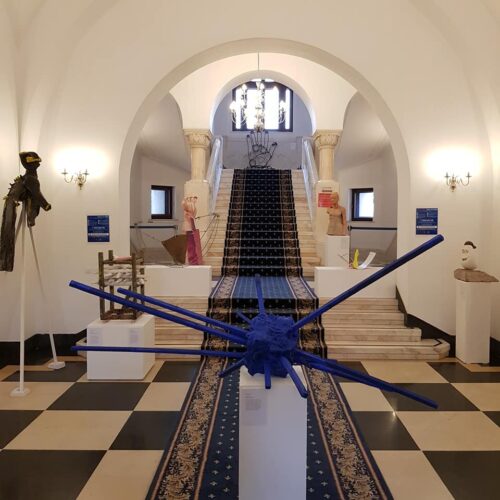
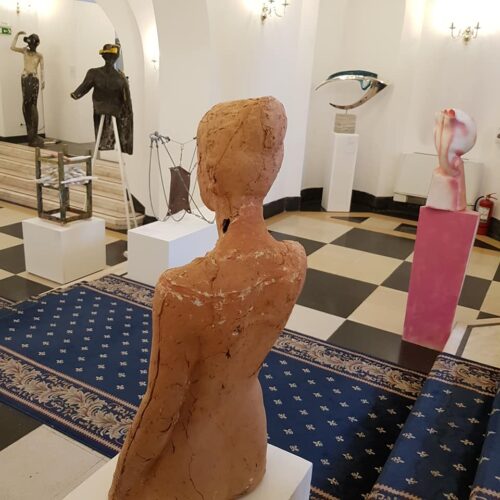
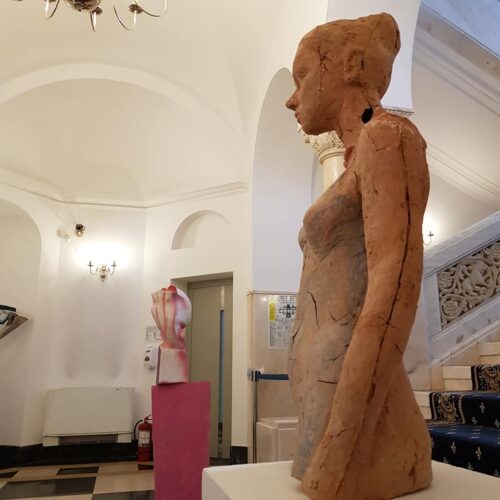
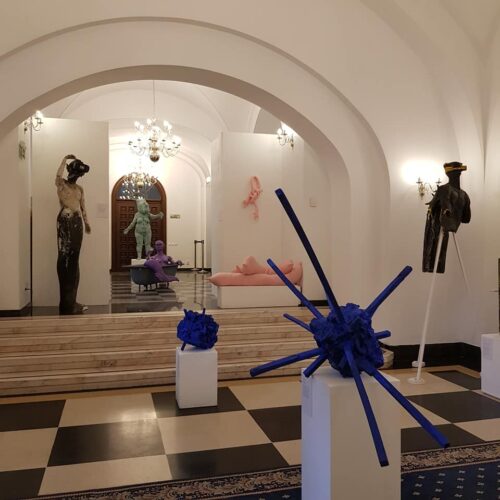
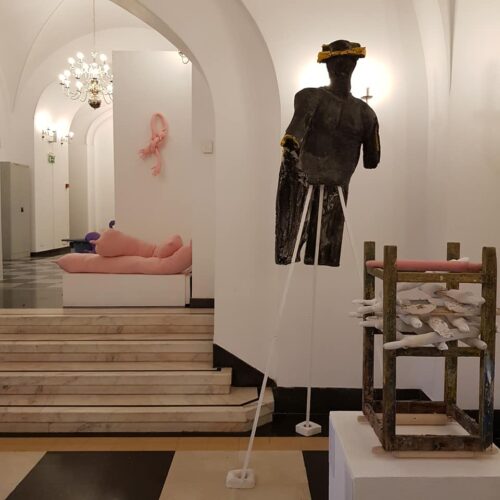
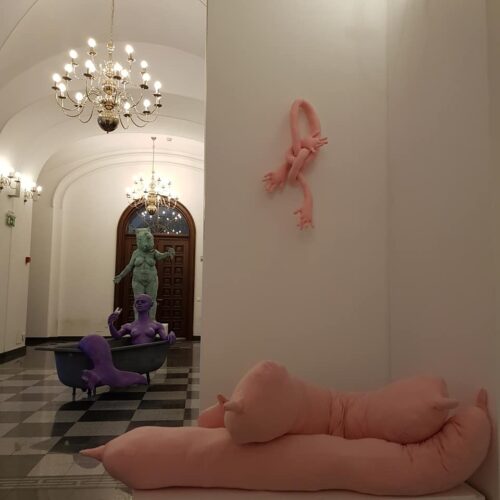
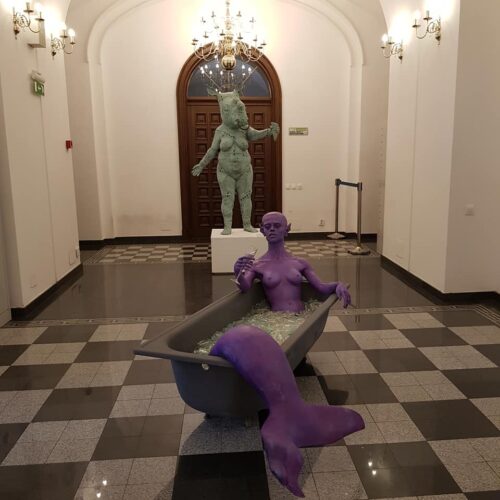
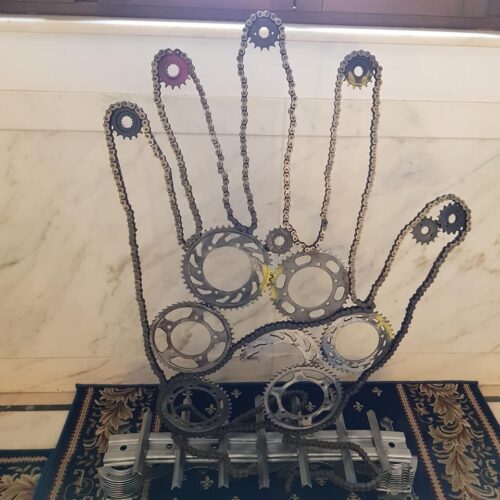
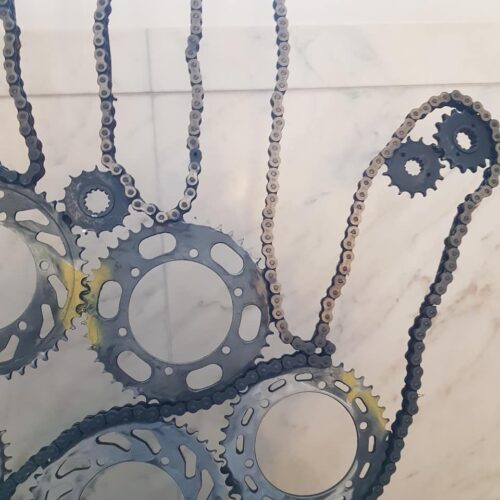
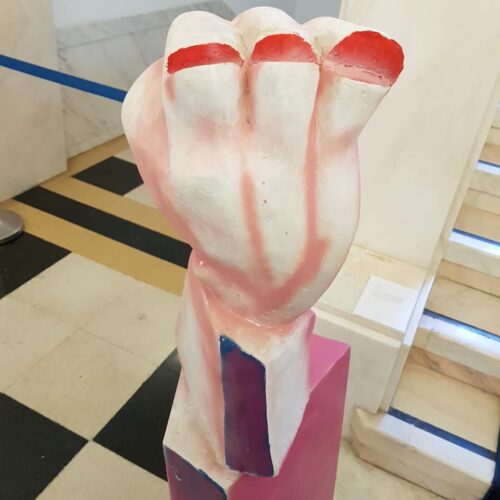
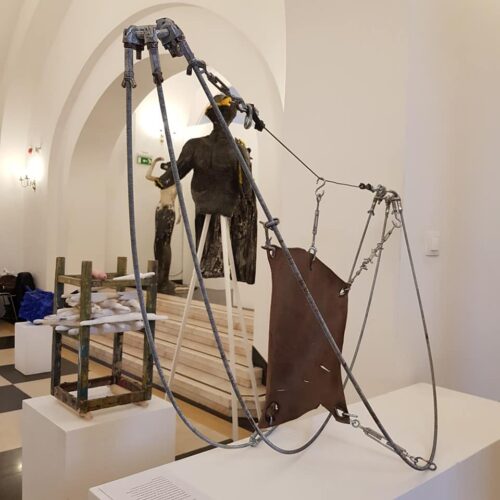
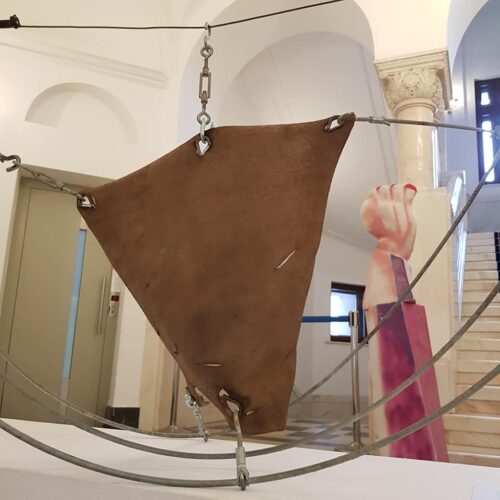
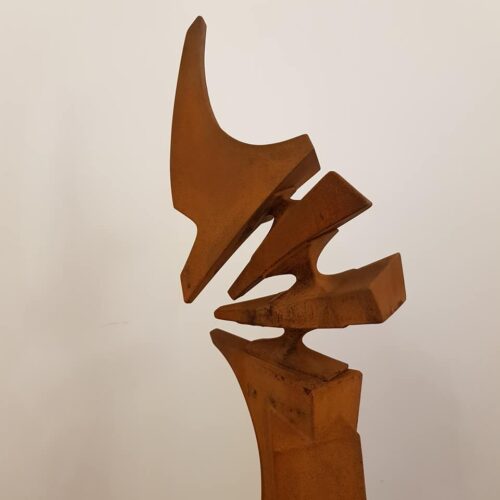
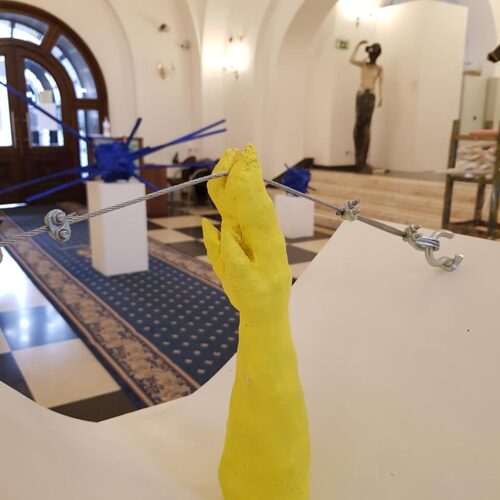
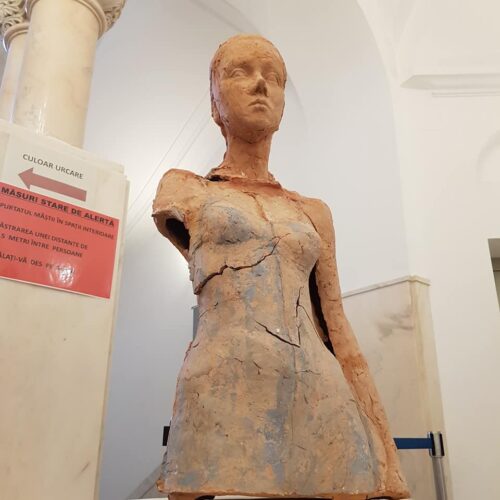
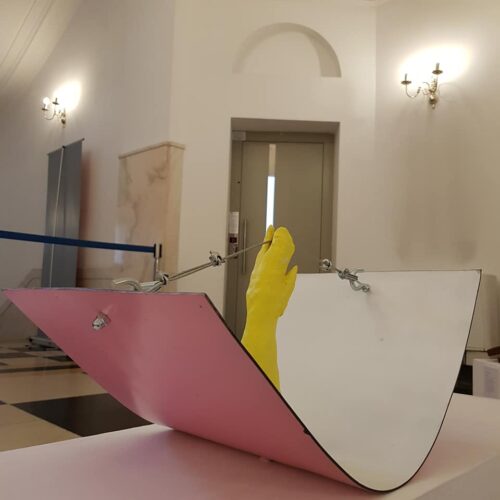
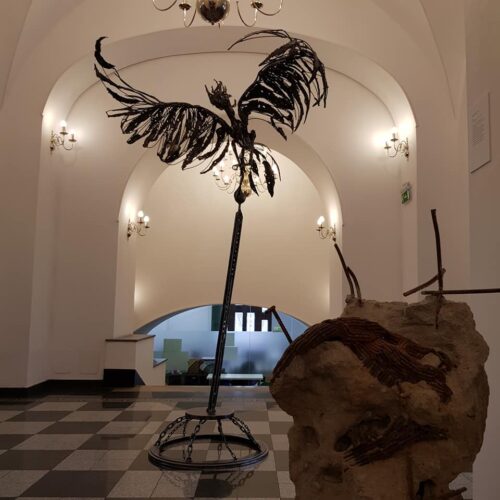
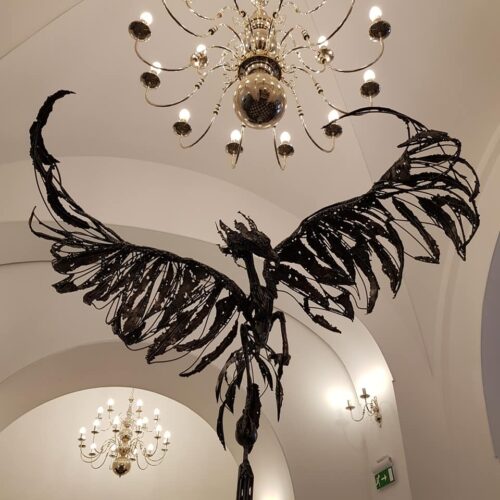
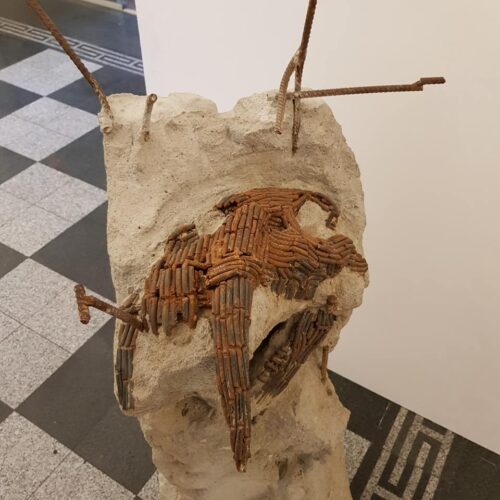
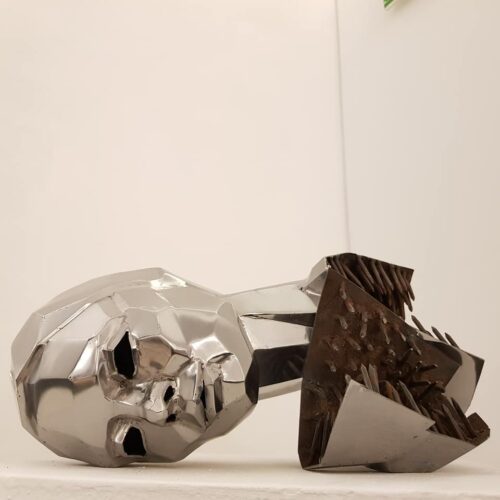
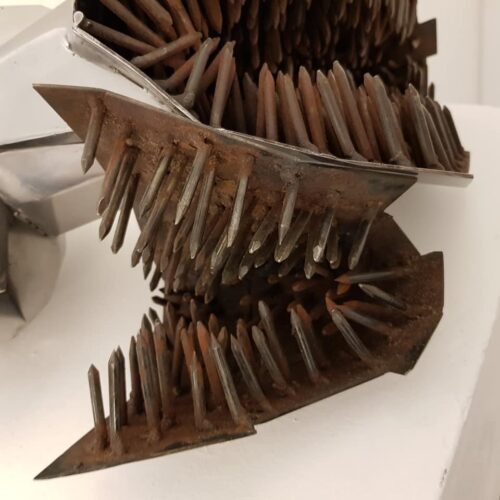
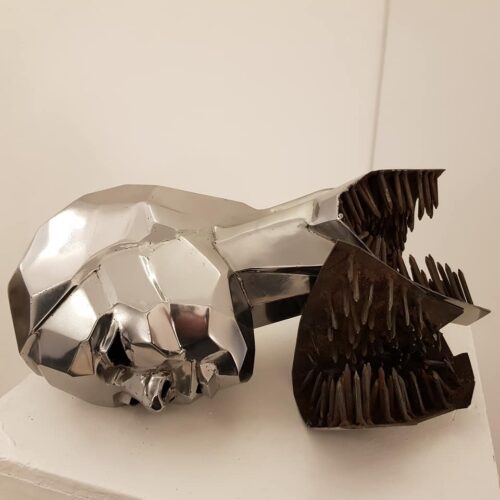
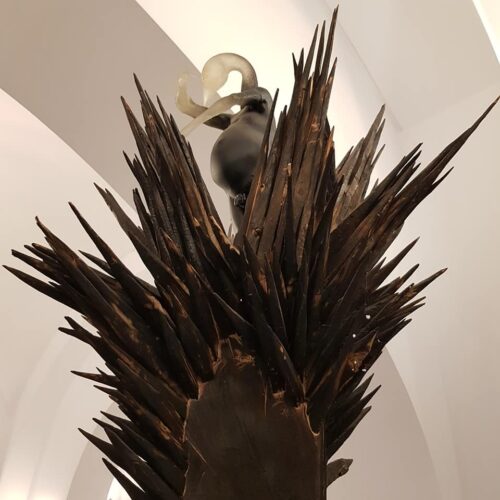
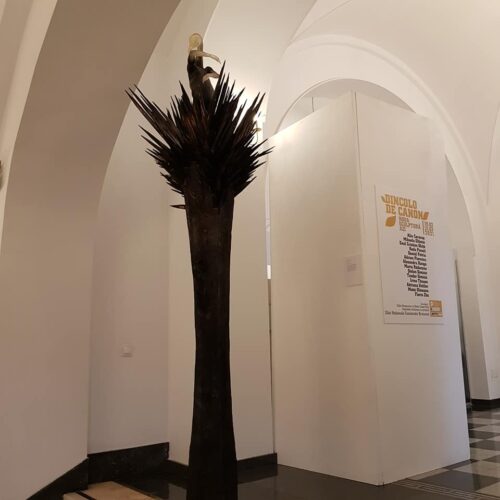
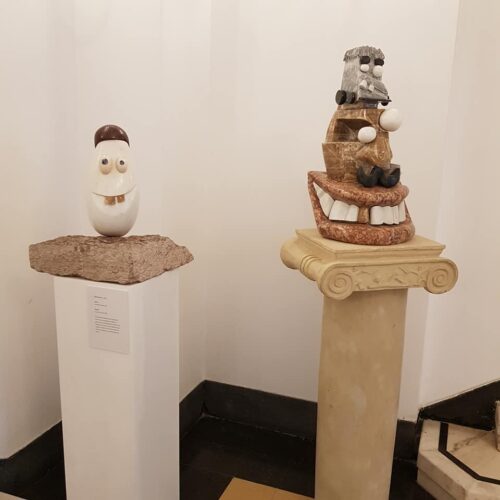
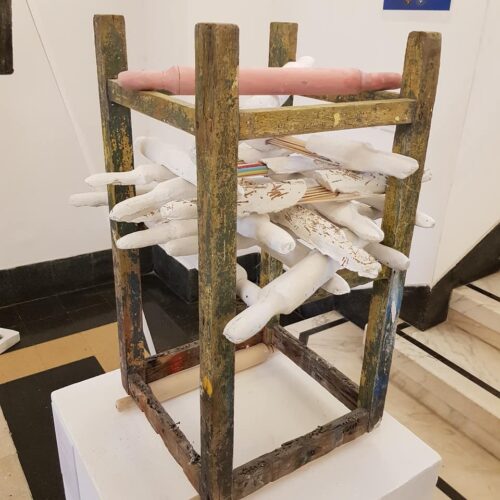
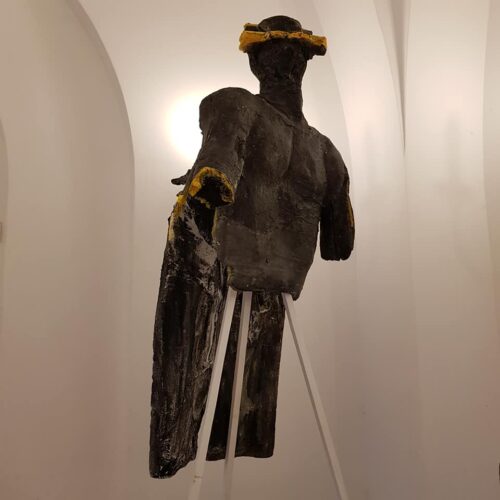
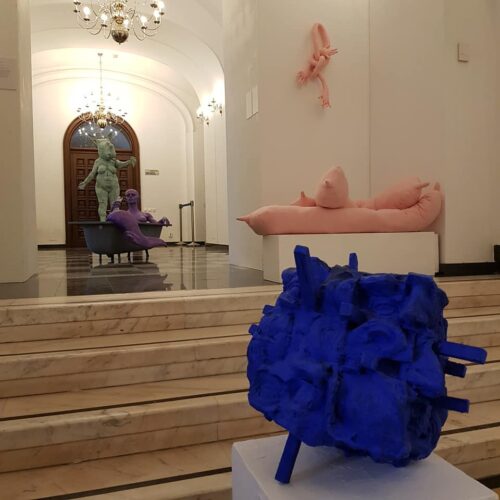
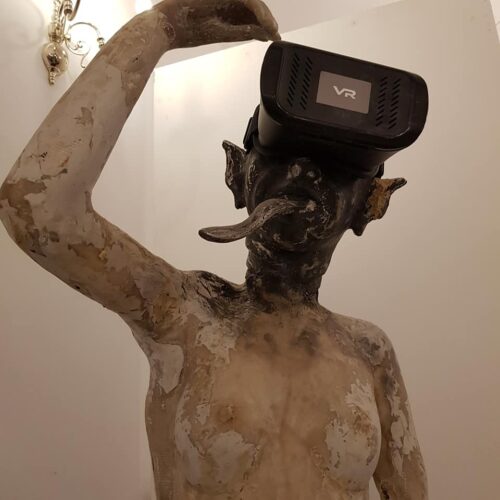
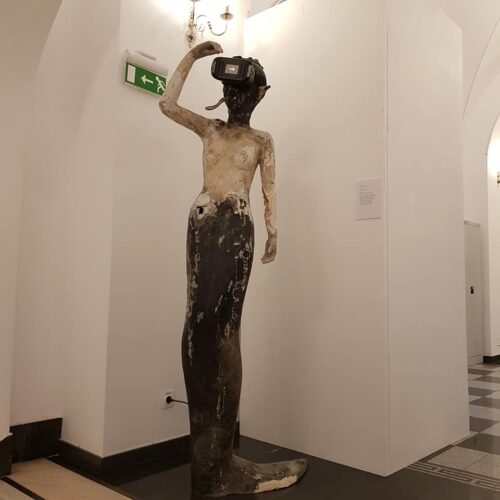
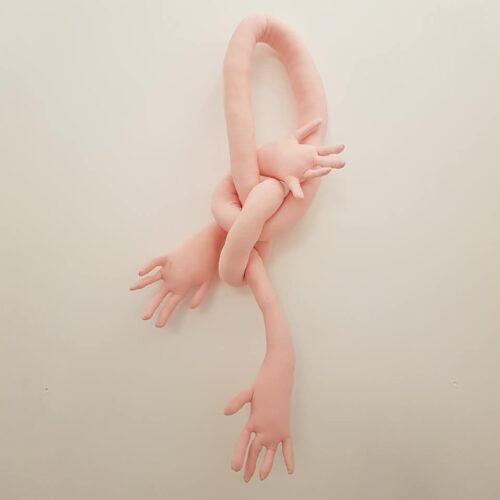
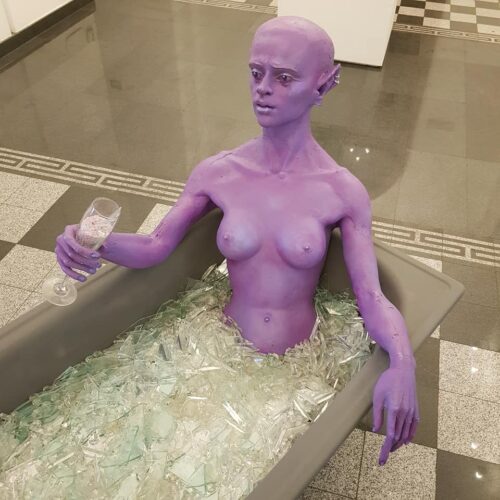
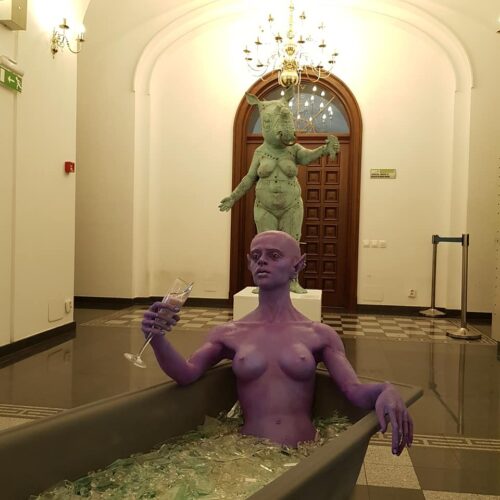
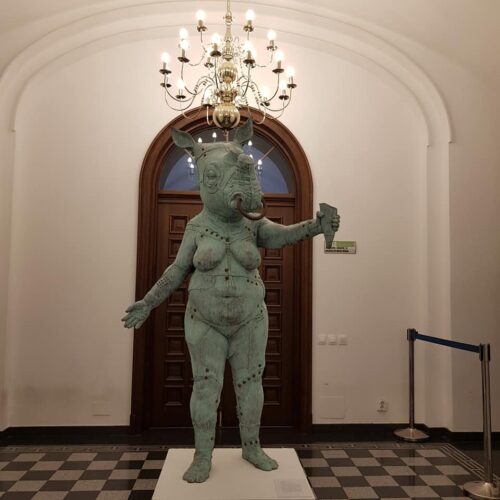
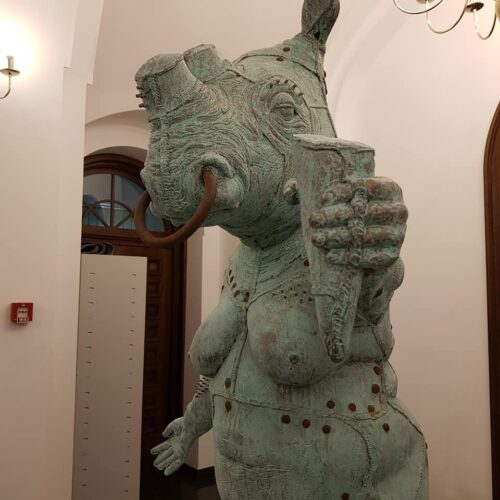
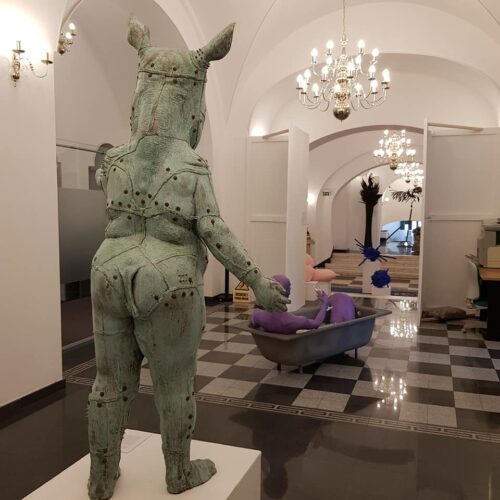
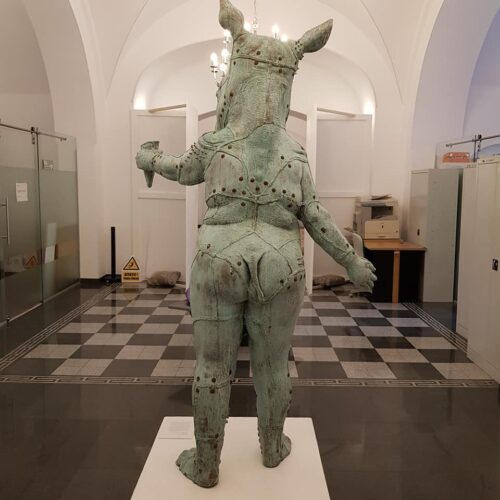

Comments are closed here.